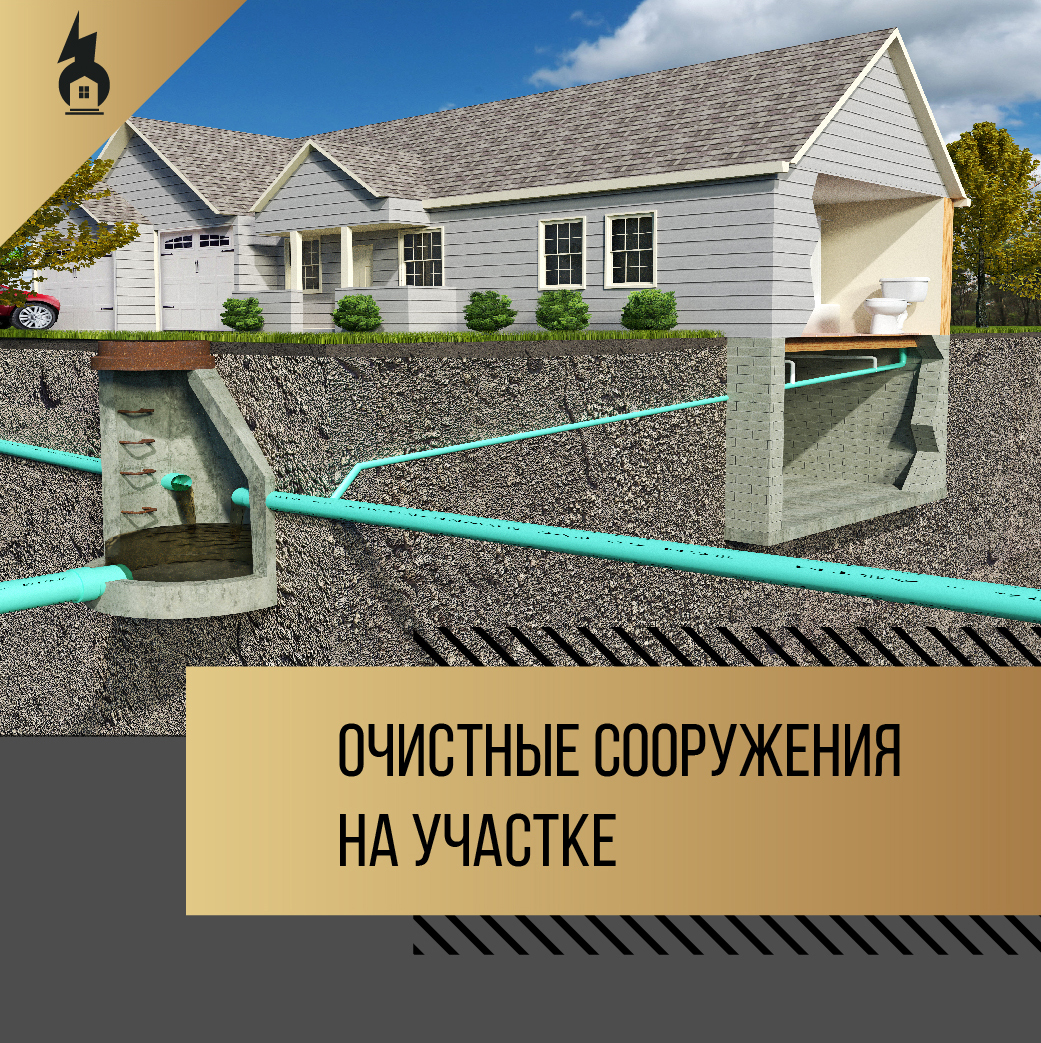Standard distances for proper placement of septic tanks and AC ⠀
⠀
Based on the latest revisions, the septic tank should be positioned so that: ⠀
▪ The distance to the house was at least five meters ⠀
▪ At least twenty meters from the well / well, without contact of the filtration field and the aquifer ⠀
▪ It was from fifty to eighty meters to the well / well if soils with high permeability and at a shorter distance there was a danger of communication of drains and water carrier ⠀
▪ The filtration field should be one meter higher than the UGV ⠀
▪ To the border of the site was from four meters ⠀
▪ To the side of the road was from five meters ⠀
▪ Before the flowing reservoir (stream, river) was from ten meters ⠀
▪ There was thirty meters to a standing reservoir ⠀
▪ Before the underground gas pipeline was from five meters ⠀
⠀
As for aeration installations, they should be located at a distance of fifteen meters from the house, including the neighboring one. Although manufacturers claim the degree of wastewater treatment up to 98%, this is far from always true, which, coupled with dumping on the terrain, gives the recommended protection zone. ⠀
⠀
💭 Conclusion ⠀
⠀
When choosing the type of treatment facilities, it is necessary to take into account not only their technical characteristics and effectiveness, but also existing distribution standards. Slightly reduce the distance when the site is small, it is only possible on stable soils, if there is no threat of runoff entering the water intake or the overhead water. Recently, cases of fines for environmental pollution by owners of private treatment facilities have become more frequent. It is better to immediately choose the best option, taking into account the limitations, than to hope that it will carry. Even if it blows and is not fined, it’s not pleasant to pollute its own land. ⠀
⠀
@energo_doma : Install the septic tank or AU correctly! ⠀




 By clicking the "Leave a request" button, you consent to the processing of your personal data and agree to our privacy policy.
By clicking the "Leave a request" button, you consent to the processing of your personal data and agree to our privacy policy.